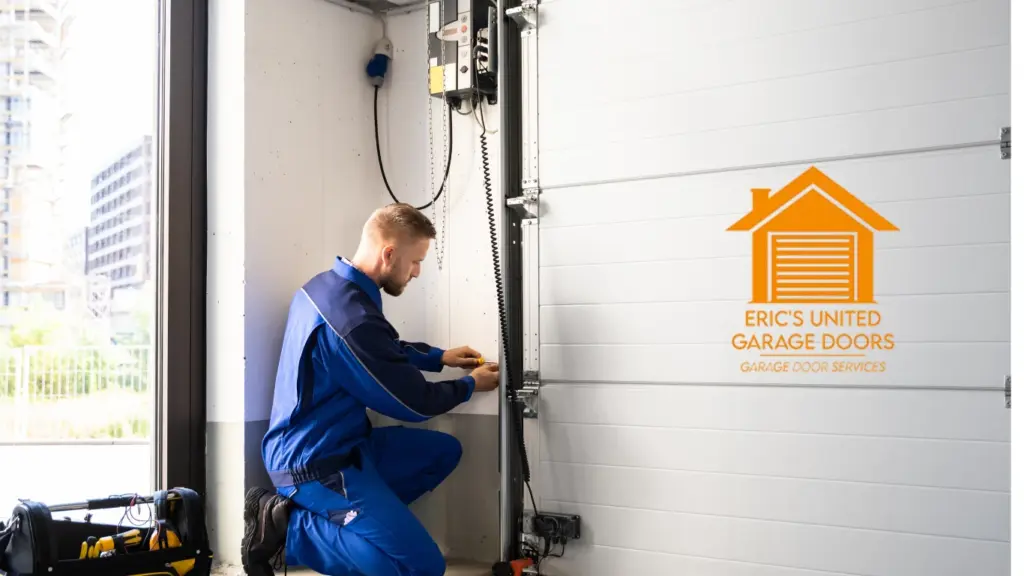In the evolving world of garage door cable repair, ultrasonic technology has emerged as a reliable method to identify wear and structural fatigue. At the heart of this innovation is the ability to use high-frequency sound waves to detect imperfections deep within cable strands. These frequencies, typically ranging from 1 MHz to 10 MHz, offer varying levels of sensitivity and penetration, depending on the cable material, diameter, and condition.
Lower frequencies travel farther and penetrate thicker components, ideal for locating larger structural inconsistencies. Meanwhile, higher frequencies are more sensitive to surface-level cracks or early-stage fraying. This versatility makes ultrasonic inspection a tailored diagnostic tool, providing precise insight into the health of high-tension cables that often operate unnoticed until failure occurs.
Selecting the Right Ultrasonic Frequency for Accurate Results
Matching the correct ultrasonic frequency to the cable’s size and material is critical for a successful scan. Thicker steel cables may require lower frequencies for full penetration, while smaller or worn components might benefit from high-frequency transducers that can detect microfractures and strand separation.
The key is balancing resolution with depth. Too high a frequency, and the signal may not reach inner wear zones. Too low, and critical surface defects may be missed. For garage door cable repair, optimal frequency selection ensures that inspections capture both deep-seated and emerging problems, reducing the risk of overlooked damage during routine maintenance.
Real-Time Data from Frequencies That Matter
Once the appropriate frequency is selected, ultrasonic waves generate echo patterns that reveal internal conditions of the cable. Fluctuations in wave travel time and reflected energy highlight abnormalities—areas where the material has thinned, cracked, or separated under load. The result is a detailed visual or digital report that maps the structural integrity of each cable segment.
This data plays a vital role in guiding replacement or reinforcement strategies. Rather than waiting for a cable to fail, technicians can now identify early warning signs with minimal disruption to the door’s operation. In the realm of garage door cable repair, this proactive capability translates into increased safety and reduced emergency interventions.
Enhancing Safety with Targeted Ultrasonic Testing
Using ultrasonic frequencies in garage door diagnostics not only improves precision but also elevates safety standards. Cables under tension pose a serious hazard if their internal condition is unknown. By choosing the right frequency for each inspection scenario, technicians can work with confidence, knowing they’re basing decisions on accurate and detailed diagnostics.
As garage systems become more advanced and the demand for predictive maintenance grows, ultrasonic frequency testing offers a powerful solution. It transforms how professionals approach cable care, shifting the focus from reactive fixes to long-term reliability—an essential advancement in the modern practice of garage door cable repair.
Read more:
Training Staff on Ultrasonic Inspection for Garage Door Repair Services
Setting Up Ultrasonic Equipment for Garage Door Repair Cable Diagnostics

